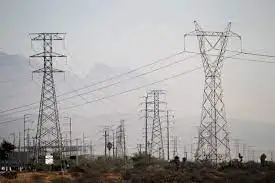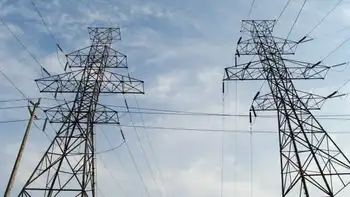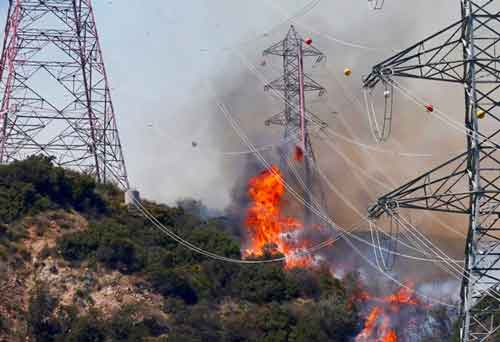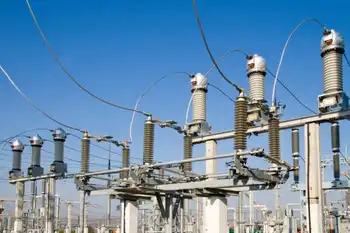Carmaker Tesla preparing IPO
By Reuters
NFPA 70e Training
Our customized live online or in‑person group training can be delivered to your staff at your location.

- Live Online
- 6 hours Instructor-led
- Group Training Available
An IPO filing from the six-year-old start-up, best known for its $109,000 all-electric Roadster, is expected any day, said one of the sources. The person did not give a specific time frame, although IPOs typically take several months.
Tesla spokesman Ricardo Reyes declined to comment on what he called "rumor or speculation."
Tesla would mark the first public offering from a U.S. automaker since Henry Ford's Ford Motor Co debuted its shares in 1956. The IPO represents a landmark in the resurgence of electric car technology that most carmakers had dismissed as impractical until recently.
The company's chairman Elon Musk said early last year that an IPO was a possibility in either late 2008 or 2009.
But the financial market turmoil following the collapse of Lehman Bros. in the latter half of 2008 virtually shut down the IPO market. The appetite for IPOs has picked up since mid-September this year with a robust pace of new filings.
Tesla's IPO would follow the successful debut of lithium-ion battery maker A123 Systems, whose shares rallied 50 percent on their first day of trading on September 25.
Analysts have said that the success of A123, the first green technology IPO this year, would encourage more venture capital-backed green companies to go public.
Tesla will compete with established automakers like Ford, General Motors and Nissan Motor Co, all of which are racing to launch electric or plug-in hybrid vehicles. Tesla, by contrast, is a small player with a high-end market and limited production.
A combination of factors has driven the recent interest in developing electric, or partially electric vehicles, including the Obama administration's push to have one million rechargeable vehicles on U.S. roads by 2015 and low-cost Department of Energy loans for manufacturers.
The carmaker is developing a second, lower-cost model, an electric sedan known as the Model S, which will have a base price of $49,900.
Tesla said in September it delivered 700 Roadsters since February 2008. The Roadster, which is built on a Lotus frame, can go from zero to sixty miles an hour in less than four seconds, making it faster than a Porsche 911 or a Ferrari Spider.
The electric car start-up was offered $465 million in low-cost loans by the U.S. Department of Energy to help build the new Model S. Tesla said it will build the new car in California.
Tesla's investors include Google Inc founders Sergey Brin and Larry Page.
Other investors include Daimler AG; Abu Dhabi-based Aabar Investments, which owns a stake in Daimler; and venture capital funds Valor Equity Partners, Technology Partners, The Westly Group and Compass Venture Partners.
Tesla said it had achieved overall corporate profitability in July with about $1 million of earnings on revenue of $20 million.
But like established automakers, survival in the hyper-competitive U.S. automotive market has not been easy for Tesla. The company had to face cost overruns and production delays for the Roadster.











